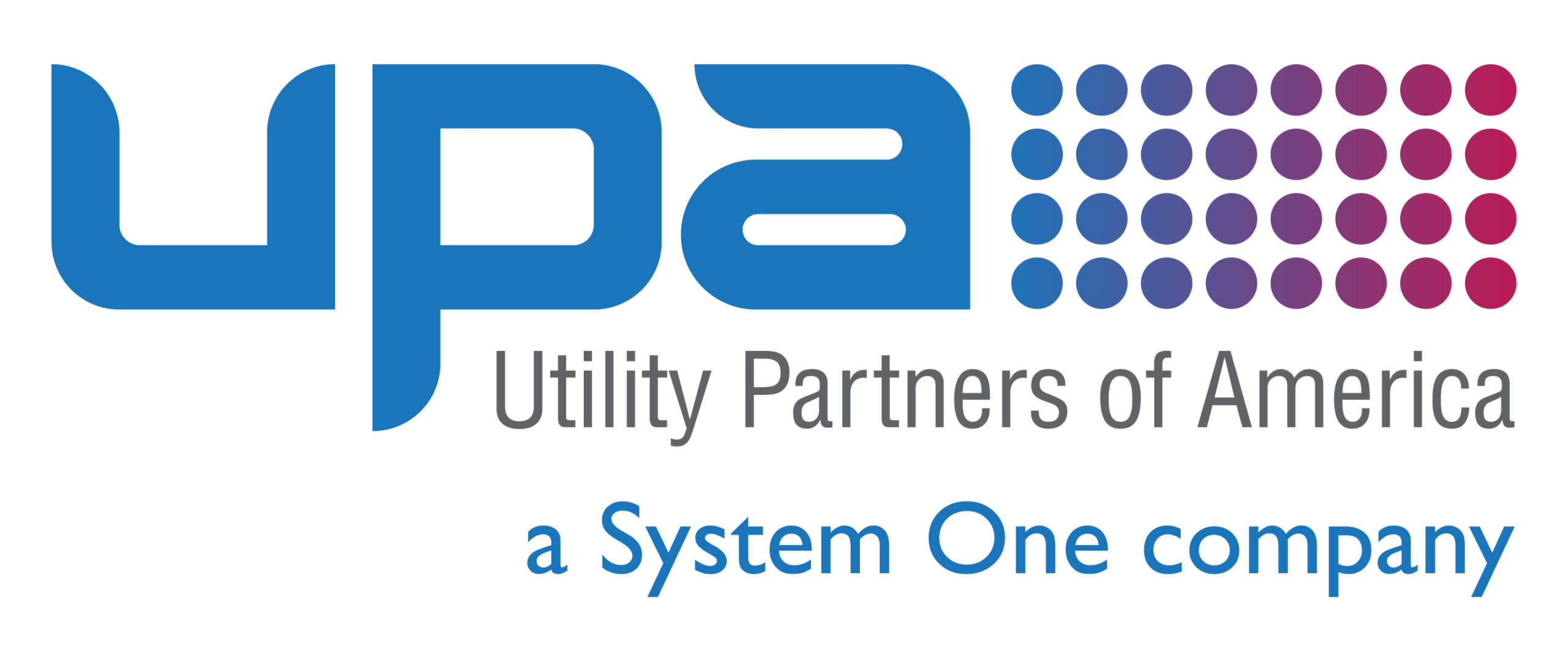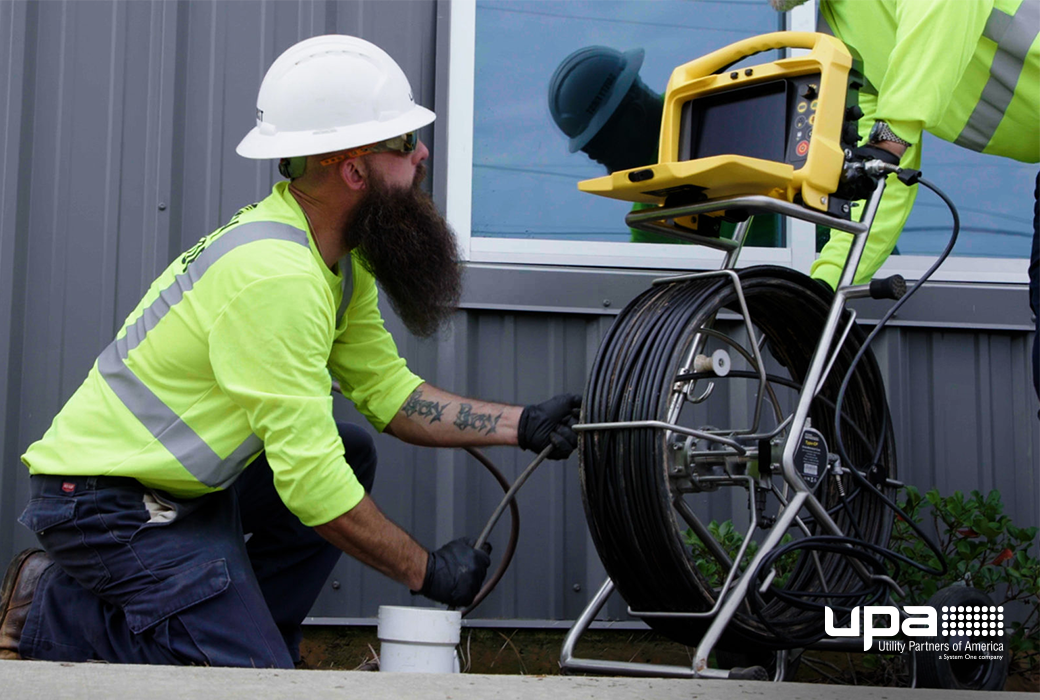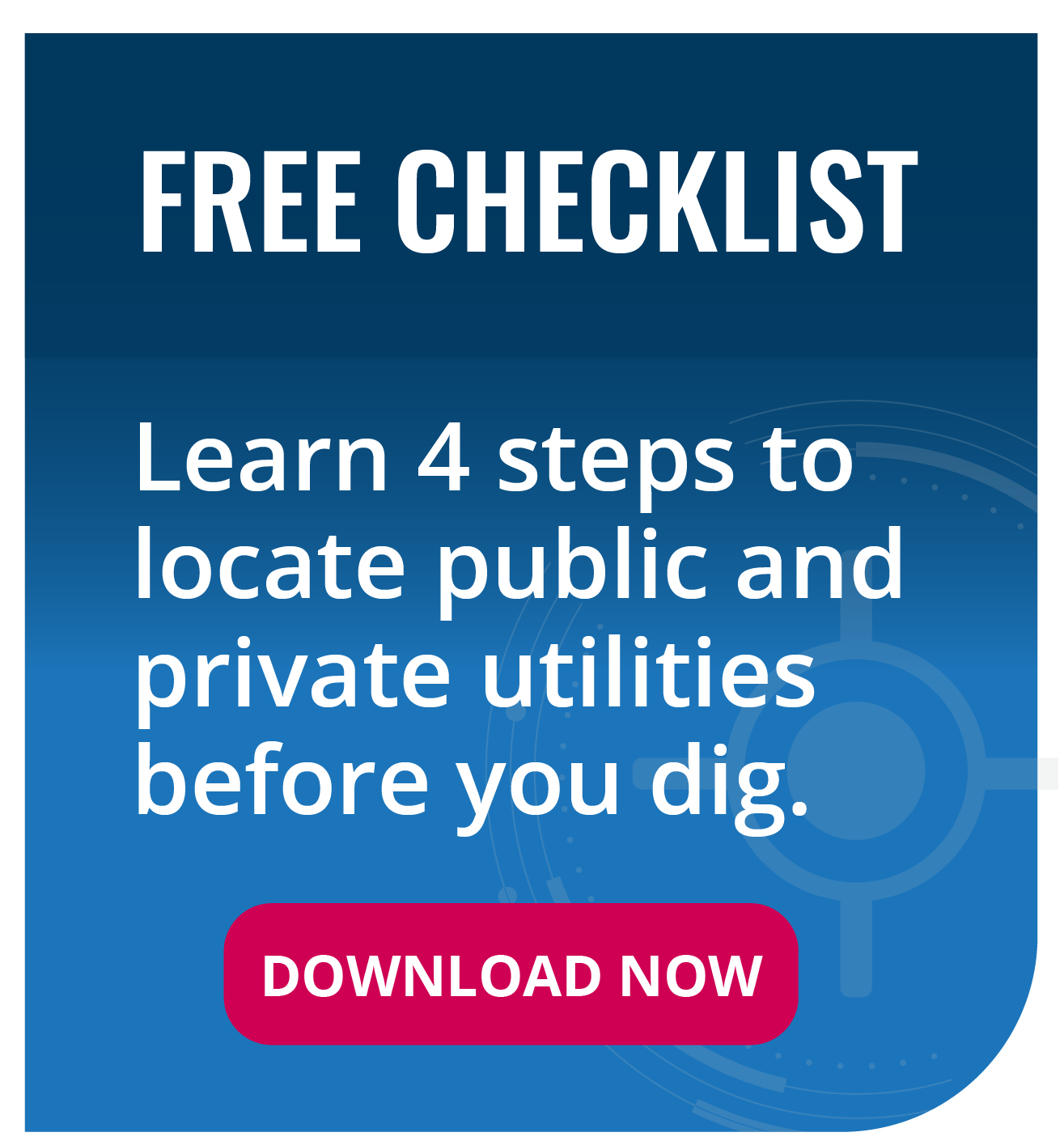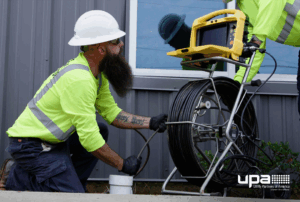A closer look at best practices for projects in waterfront communities
When managing infrastructure projects, accurate utility location is essential for safety, efficiency, and compliance. Utility locating is important in every community, but working in waterfront areas brings its own set of challenges.
Projects near rivers, lakes, or coastlines often have crowded infrastructure, older utility lines, and ground conditions that require extra care. Before the first piece of equipment moves in, every utility in the excavation path must be clearly identified and verified.
Why Private Locating is Essential
State 811 services identify publicly owned utilities and is required by law. For most projects, that is only part of the picture. Private locators, such as UPA, mark private (customer-owned) underground utilities, with the option to verify public marks for accuracy, and scan for mismarked and unmarked public utilities at the client’s request. Many waterfront communities may have a complex mix of utility lines, such as:
- Power and communication lines
- Sewer services between the main and the structure or community septic systems
- Water services between the meter and the structure or well lines
- Gas and liquid fuel lines, and buried storage tanks
- Storm drains systems
When private utilities are missed, it can lead to damaged infrastructure, expensive delays, environmental issues, and safety risks for both crews and the community.
Common Challenges When Private Locating Is Not Used
When you do not have a complete map of what is underground, projects can quickly face problems such as:
- Unexpected setbacks when crews discover unmarked lines during excavation
- Unplanned service outages
- Increased safety risks for crews and communities
- Overspending on delays, repairs, and rescheduling
- Fines for not following compliance and regulations
Best Practices for Waterfront Utility Locating
- Pre-Planning
Private utility locating should start in the early stages of project planning. Waterfront conditions may require additional survey time, and comprehensive mapping enables better asset management and more informed decision-making. - Seasonal Factors
Schedule locating activities around seasonal water level changes and weather patterns that can affect ground conditions and equipment access in waterfront areas. - Stakeholder Coordination
Engage with local utility companies, marina operators, and waterfront property owners to identify potential private infrastructure that may not appear in standard utility records. - Documentation Standards
Maintain detailed records of all located utilities, including GPS coordinates, depth measurements, and photographic documentation for future reference and ongoing asset management. - Specialized Equipment
Waterfront communities may have unpredictable soil conditions, high water tables, and seasonal fluctuations that add complexity to underground work. Use equipment and detection methods suited for saturated or sandy soils.
UPA’s Process for Locating Underground Utilities
UPA’s Private Locating Division helps utilities, municipalities, and contractors identify every utility buried underground, no matter the size or scope of the project. Our teams make sure every utility in your excavation path is clearly identified and verified.
We use a variety of advanced equipment, including handheld locators, ground penetrating radar, and subsurface video cameras from trusted brands such as Vivax Metrotech, Pipehorn, and Impulse Radar. The vCam 6 HD professional pipe inspection system allows us to traverse metal, PVC, terracotta, concrete, and combination sewer systems where other equipment may face challenges with connectivity, depth, signal interference, or other factors. The sonde built into the vCam enables us to pinpoint and mark intersections and bends in the pipe while visually inspecting the system, ensuring the most accurate and complete locating results possible.
Before you break ground, make sure you have the complete picture. Request a free consultation today to see how UPA can help you locate, verify, and protect underground utilities in your next project. UPA follows stringent data security protocols and has been a trusted partner to the utility industry for more than twenty-five years.





